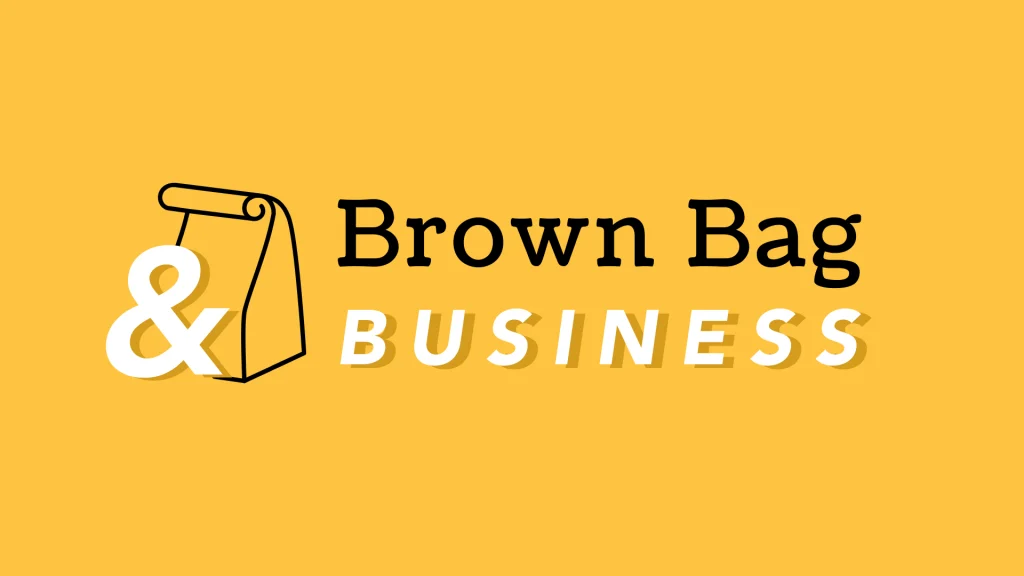Business Tech Trends for 2015
As the dust settles and business gets back into full swing for 2015, now is a great time to evaluate your technology goals, and formulate a plan for this year to help make the most of the latest trends and changing landscape of the business technology world. There’s probably no surprises on this list, however it’s not just business as usual here – the three top trends are about utilizing these tools to redefine how you work and re-imagine the capabilities of these tools within your organization.
1. Cloud Computing
It’s not secret that small businesses are flocking to the cloud. The most common use of the cloud thus far is subscription software. Increasingly, small businesses subscribe to software rather than purchasing it outright and installing it on company computers. Subscription software, otherwise known as Software-as-a-Service or SaaS, not only reduces the cash outlay for software, but it also lets you and your employees remotely access the data from home office desktop computers, laptops, tablets, and smartphones. While small businesses pay more over the life of the subscription than they would if they purchased the software outright, the monthly “rental” model is easier on cash flow, includes automatic software updates, and places the onus of IT maintenance on the vendor rather than the small business owner. The “use anywhere on any device” flexibility also untethers SMB owners and workers from their desks, which increases both productivity levels and workflow options.
But that’s just the beginning. This year will see more businesses moving data to the cloud precisely for the purpose of accessing company data remotely. Both plentiful and cheap, cloud storage makes adding hardware to the company data center an unpalatable choice in most cases. Although some companies use a hybrid approach—wherein some data resides in the cloud and other data in the companies’ on-premises servers—primarily as an additional security measure.
2. Joining the Cloud to Mobile and your Data
As we rely more on the cloud we’re also relying more on our mobile devices. And because of this, the cloud is making it increasingly easier to access our company data on our mobile devices. No longer are they just used as a communication device, but as a tool to DO business. This not only means accessing that spreadsheet with sales data on the go, but also now the ability to use mobile as a payment tool, but an advertising and marketing tool. New services, such as Apple Pay, require that small businesses have a POS system that supports NFC chips. It will be awhile before the mobile payment services industry goes through a shakeout that will shorten the list of options an SMB must accommodate. For now, current trends in mobile payment options mean that accepting mobile payments in almost any form is essential.
3. Security
With all of this focus on the cloud and mobile, security is a top priority. Your data is no longer confined to the physical walls of your building. While small businesses notoriously assume that they’re too small to attract cybercriminals, the opposite is true. Hackers often view SMBs as the best entry points to a larger organization. That was the case in the infamous Target breach, where hackers gained access to Target’s data via an unprotected small company’s access to Target’s vendor portal. But access to big companies is not the only appeal in attacking smaller companies.
The cost of entry for a cybercriminal into a small business network is a lot less than that of a large corporation. For that reason there’s an increase in the amount of attacks on small and medium business networks. Most business owners aren’t aware of the shift in focus from hackers, and are therefore left vulnerable to an attack. For that reason, many businesses can expect their customers and vendors, particularly customers that are bigger companies, to insist that they meet security standards. If small and medium businesses cannot prove they have adequate and reliable security measures in place, they will lose business this year.
While these top trends may seem daunting for some, having a partnership with an IT provider that you trust can make this a lot easier. Getting guidance and advice from your IT provider can help lay the roadblocks to ensure that your business is maximizing the potential of the cloud and mobile, while maintaining security.




